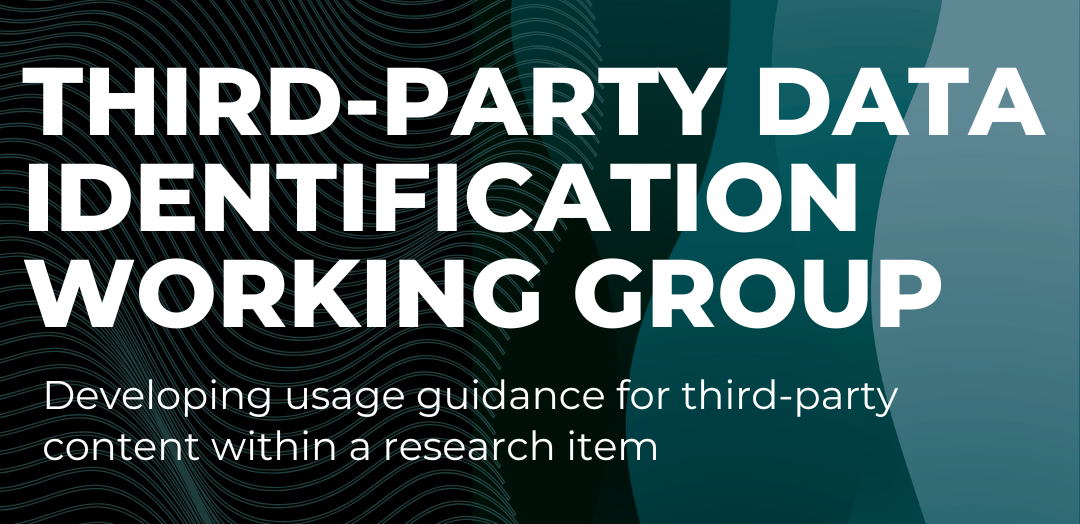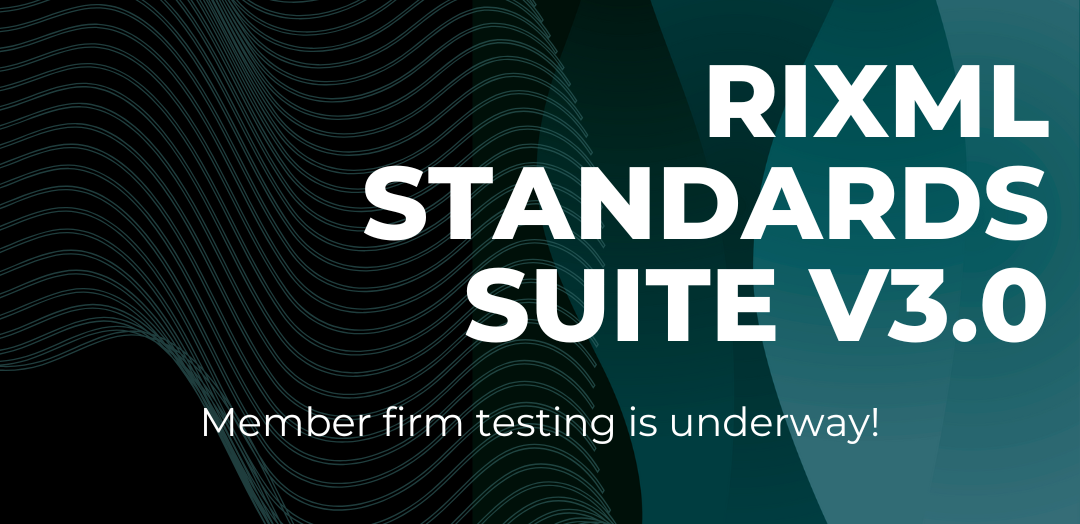
Introduction
In order to comply with the European Union’s revised Markets in Financial Instruments Directive (commonly referred to as MiFID II), the member firms of RIXML have collaborated to define a new standard – the RIXML Interactions Standard. This standalone standard leverages existing tag sets in the RIXML Standards Suite, re-using and adapting the relevant parts of the existing RIXML schema, while also adding interaction-specific tags.
There are various types of interactions:
- Some take place between one service provider and one service consumer (e.g. an onsite one-on-one meeting)
- Some take place between one service provider and more than one service consumer (e.g., a conference call)
- Some take place between one service provider, one or more service consumers, and a third party expert (e.g., a session at a conference)
In all of these cases, the service provider will provide a separate interactions record to each service consumer with information about the event, but it will include ONLY the attendee information that pertains to that consumer. The RIXML Interactions Standard accommodates both one-on-one interactions and more complex ones.
The RIXML Interactions Standard is part of the RIXML Standards Suite, which is also includes the RIXML Research Standard, the RIXML Analyst Roster Standard, and the RIXML Coverage Standard.
Current production release: Interactions Standard 2.0
The current production version of the RIXML Interactions Standard is version 2.0. It was released for public comment on July 18, 2019 and became the production version on September 5, 2019.
A summary of the changes and enhancements included in this release can be found in the press release announcing the finalization of this version. In-depth information about these changes can be found in the RIXML Interactions 2.0 Data Dictionary.
Note that version 2.0 does break backward-compatibility with version 1.0. That is, a RIXML Interactions instance record that validates against version 1.0 will not also validate against version 2.0. The RIXML Interactions Working Group did not take this decision lightly, but we feel that the benefits outweigh the downsides, and felt that making these changes as early as possible will enable that the standard to more fully meet the needs of the industry.
Older versions
Older versions of all RIXML Interactions Standard can be found on the Version History page.
Documentation
Interactions Data Dictionary
The RIXML Interactions Data Dictionary provides the tags used in the standard, with definitions and usage guidance. It outlines the approach we took in creating the RIXML Interactions Standard and explains some fundamental concepts such as XML, object modeling, schemas, etc. Diagrams of the RIXML Interactions object model provide a visual representation of the tags and tag relationships.
RIXML Interactions Data Dictionary (.pdf)
Release Notes
This document highlights the changes between version 1.0 of the RIXML Interactions Standard and version 2.0.
Reference Links
Improving efficiency and streamlining workflows are core concepts behind RIXML. Therefore, RIXML standards leverage ISO or other standards already in common use in the investment industry whenever possible. Learn more about the other standards utilized within the RIXML Standards Suite.
Schema
The RIXML Interactions Schema is the set of actual XSD files that represent the relationships and components as defined by the object model. These files can also be used to validate interaction records to ensure they are RIXML-compliant.
The following schema files contain the tags used in the RIXML Interactions Standard:
RIXML Interactions main schema – contains the interactions-specific tags used in the RIXML Interactions Standard
RIXML Common schema – contains the tags used in multiple places in the Research Standard and/or used in more than one standard in the RIXML Standards Suite
RIXML Data Types schema – contains the valid values for the enumeration lists used in the RIXML Standards Suite



